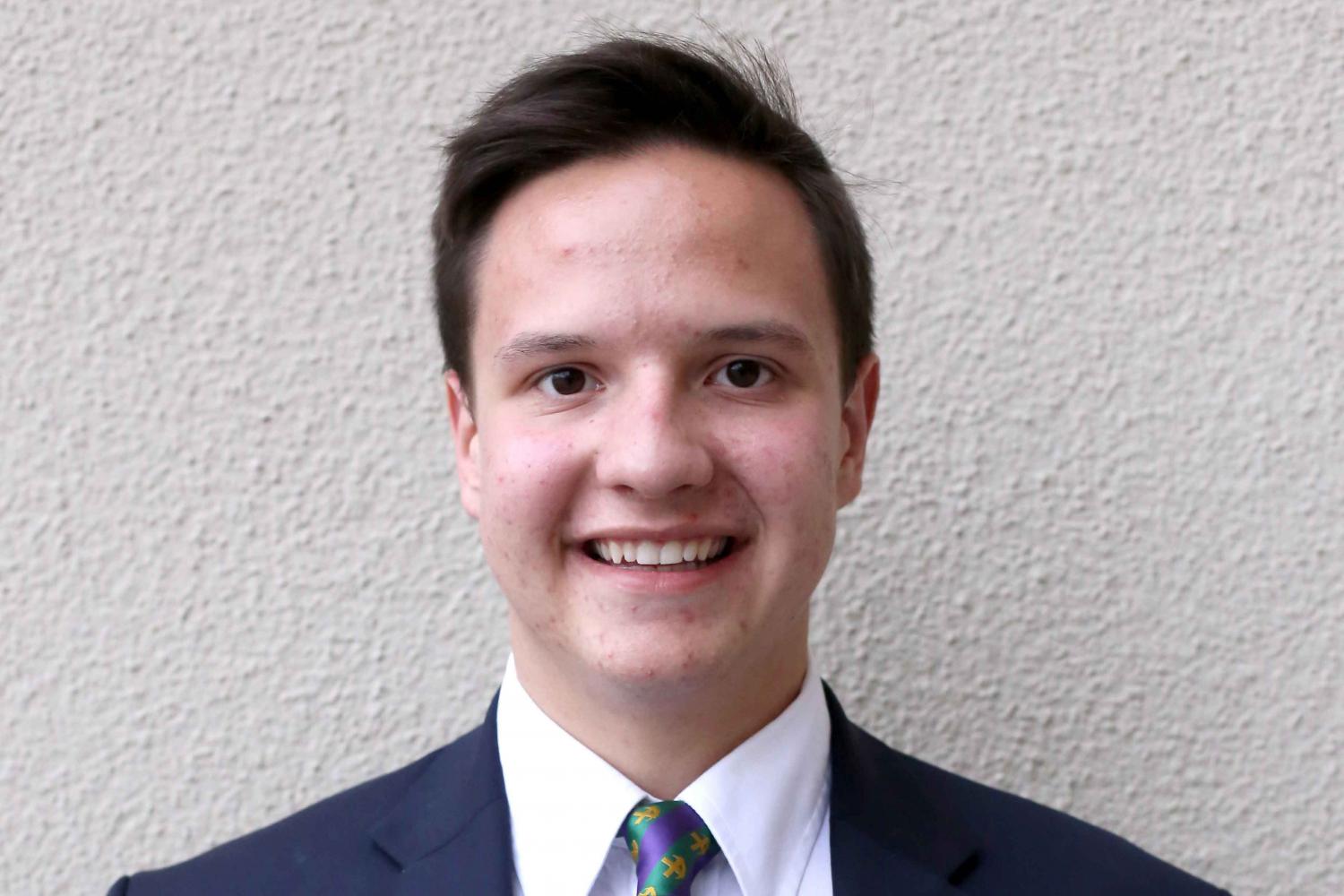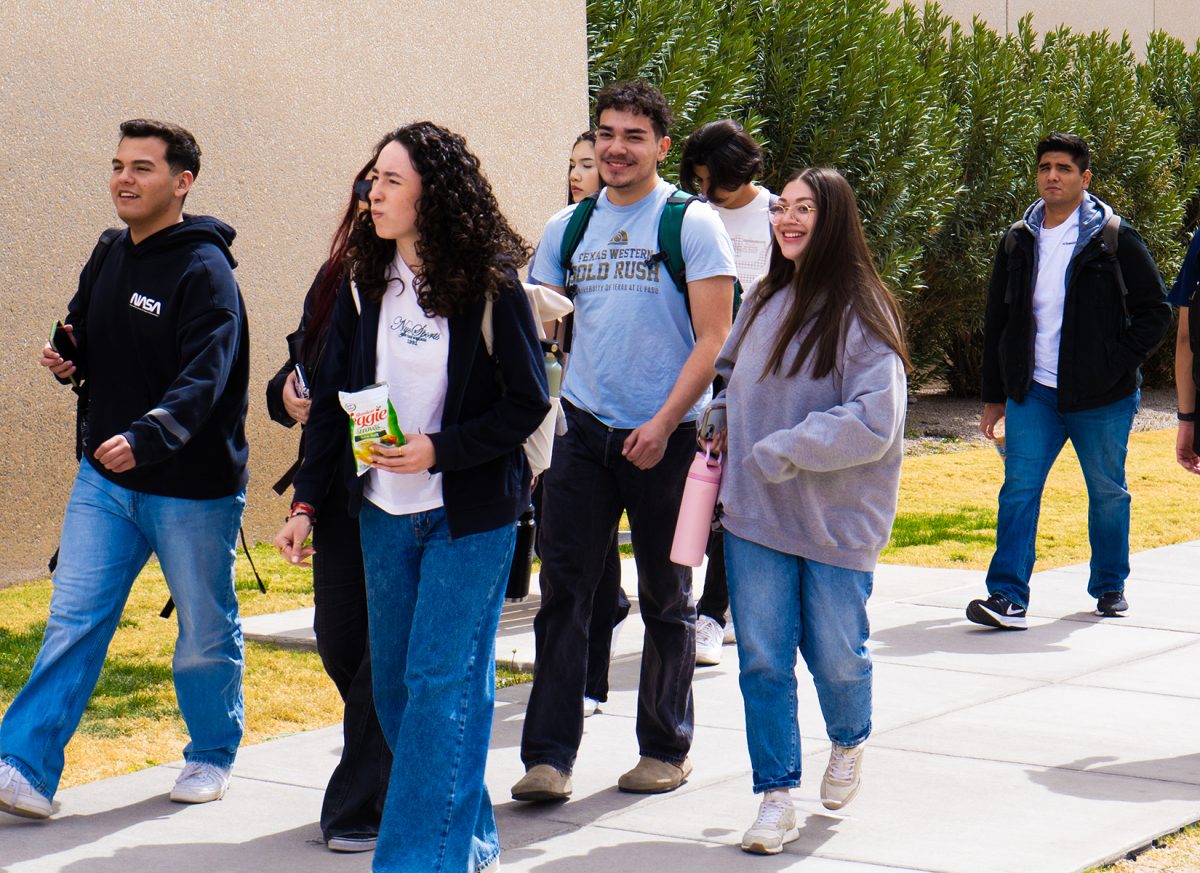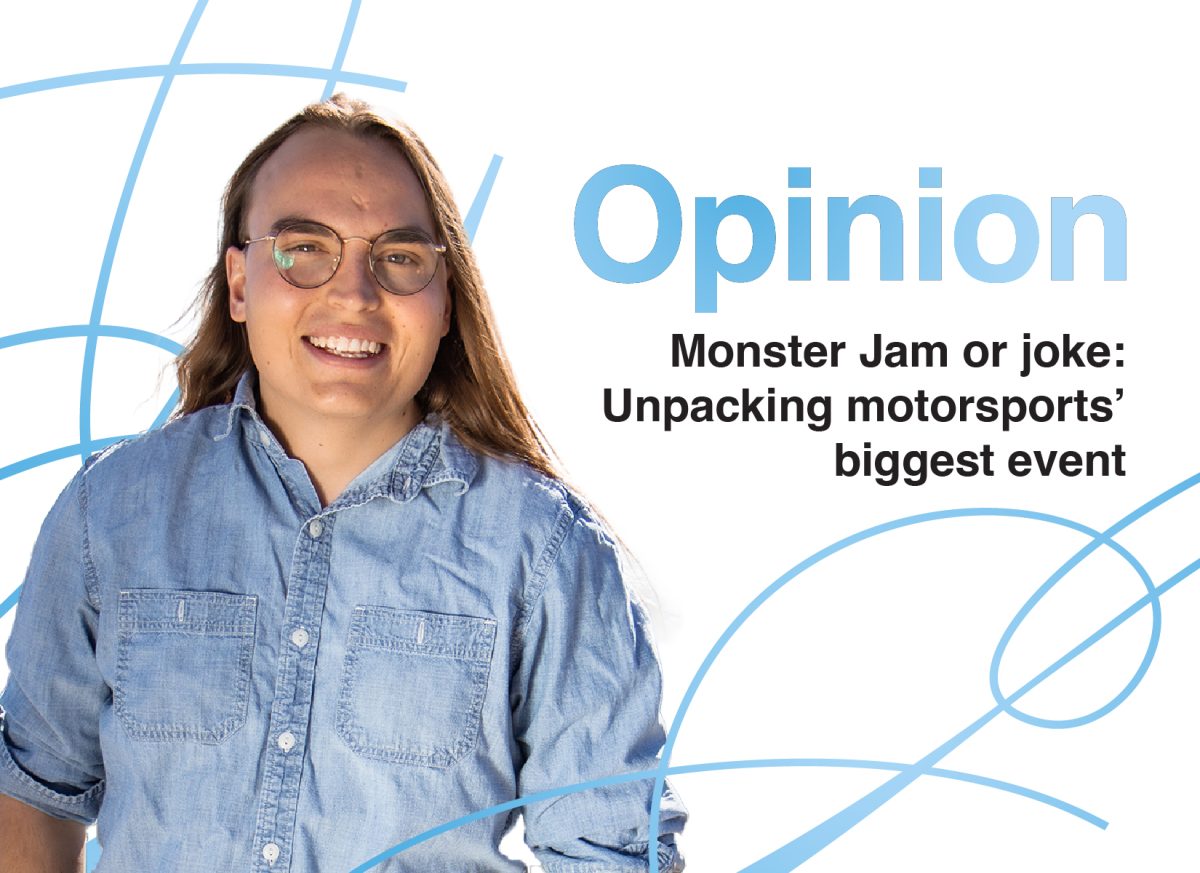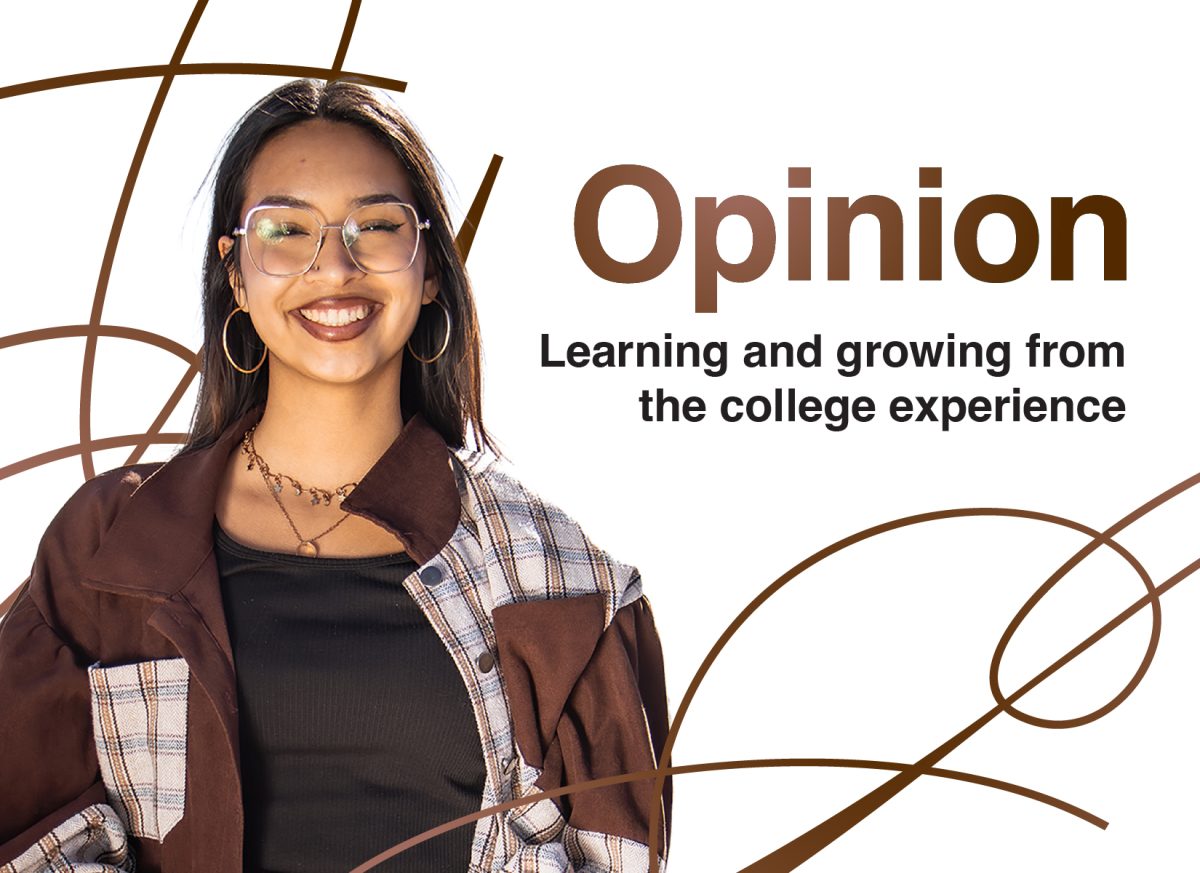One day I know I’m going to have to tell my children about the Parkland, Florida, shootings.
As I sat in my chair at work on Wednesday afternoon drinking my second cup of coffee, I got an alert on my watch for a school shooting. It said that there were fatalities and the shooter was in custody.
“Not again,” I thought to myself, with my head lowered and my shoulders dropped.
I stopped work and reflected on the previous shootings I’ve endured during my childhood. I was 9 when I learned about the Columbine shooting, what happened at the school and was given a brief glimpse into the 12 children’s lives who were brutally killed by two teenagers. It was then that I also learned about the Virginia Tech shootings, where the gunman opened fire and murdered 32 people, making it the deadliest school shooting in U.S. history. It was not until I was in high school when the Sandy Hook shooting happened. The gunman in Newtown, Connecticut, killed 20 children, six adults and himself.
But this one hit home for me. Seeing the number turn from “more than 10 fatalities” to 17 confirmed deaths—14 students and three teachers—was heartbreaking.
So, ashamedly, that night I did what I would think a bunch of Americans did and shoved the dark thoughts of 17 innocent lives being killed toward the back of my mind.
But that night I experienced a vivid dream in which I saw a young child, who looked like a younger version of myself, run over to me and shouted, “daddy!” I sprung up from my slumber, sat in my bed and felt tears run across my cheeks.
To think about the innocent children murdered, who had so much potential to live a full life, to think about my younger sister, who is also in high school, and what I would think if this was at her school, to think about my mother and grandma, who always picked my sister and I up from school, and how they would feel if anything like this happened.
And, to think about my father, who fearlessly teaches every day at an alternative school, where he might encounter a student with the mental instabilities that Nikolas Cruz experienced.
Then it hit me. One day, I might have to drive my future son or daughter to school, drop them off and pray that they’re safe from a monstrosity like this.
Is the solution banning guns and making a giant bonfire, where one by one each citizen turns in their firearms? Of course not. Now 241 years into our independence as a nation, we are too far gone to trade in every single rifle in sight and outlaw guns completely, while we still allow military officials and police officers to carry guns.
Is the solution giving more guns to people to better equip themselves for an epidemic like this? First off, policymakers and politicians, who think this way, are insane if they think teachers should get a 9mm pistol before getting more funding in the classroom. Second off, you can’t fight fire with fire, it’s as simple as that. There’s no way to justify arming teachers or officials because there could then be increased fatalities, a misfire among teachers or worse, teacher-on-student fatalities.
Is the solution providing more mental health centers for troubled students? Maybe. Education can be the foundation where we enrich positive ideals in students and assist those who are struggling. By offering more government assistance to rehabilitation programs, counseling programs or other facilities to help children who are dealing with mental issues, this could help reduce some mass shootings or harmful instances.
But after talking to people of all spectrums—white, black, Hispanic, Republican, Democrat, liberal, conservative, socialist, pro-gun or anti gun—there were two conclusions that could lead to solutions to this issue.
First, everyone can agree that no child, teacher, staff member or anyone should go to school fearing for their lives. The bottom line is school is a place to learn and no innocent member of the school should be killed for being there.
Second, no matter what stance a person could take on the issue, something must be done through policymaking because by doing nothing, politicians and representatives are allowing this to take place.
Some possibilities could be to outlaw certain assault rifles that are meant for killing, or to require extensive background checks and include a personality test for those who want to buy a weapon. Have licensed gun carriers renew their license every so often to ensure their mental stability. This would ensure that those who have guns are consistently smart with their firearms. Controlling gun regulations are far more different than completely outlawing guns.
If policymakers wanted to go the mental heath route, offer more counseling programs in grade schools to help those who struggle with mental problems. Or, require misbehaved students a second-chance program for those, like Cruz, to go to after getting in trouble at school.
At the end of the day, all can agree that an unstable 19-year-old, who had behavioral problems on his record, should not be allowed to own a gun legally. The same way that a gang-member should not be able to get a gun in a tough project neighborhood. The same way that I shouldn’t be able to walk into a sporting goods store, run a simple background check and leave with a deadly assault rifle and a hundred rounds of ammunition.
As for today, we will remember Nicholas Dworet, 17, who was recruited to swim collegiality for the University of Indianapolis. We will remember Aaron Feis, a 37-year-old football coach, who heroically stepped in front of students and endured oncoming bullets to save them. We will mourn the killing of Charmen Schentrup, 16, who was a National Merit Scholar semifinalist and had a bright future ahead of her. And, we will remember Schott Beigel, a 35-year-old geography teacher who was killed as he tried to shelter students in his classroom.
But tomorrow, we must wipe the tears from our cheeks, think of the youth and fight for change to come.
Follow Adrian Broaddus on Twitter @adrian_broaddus






